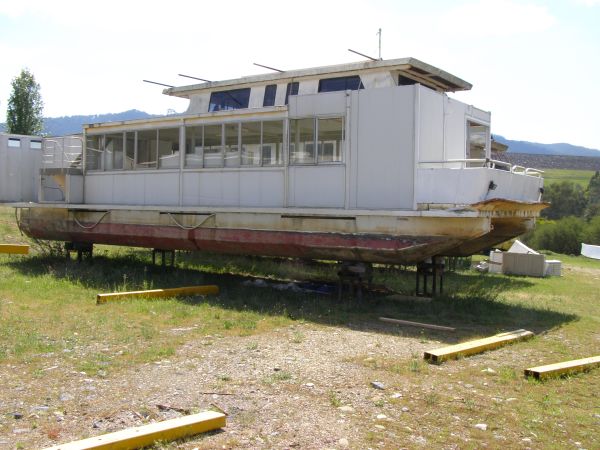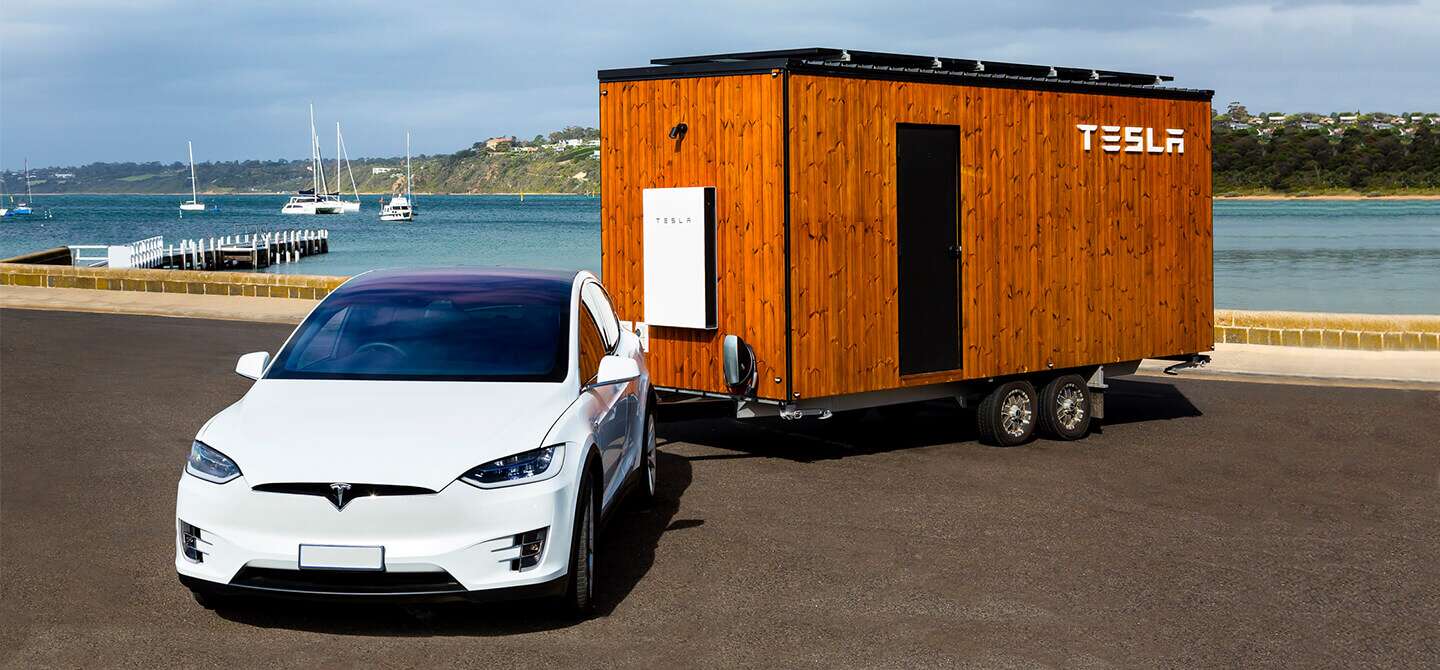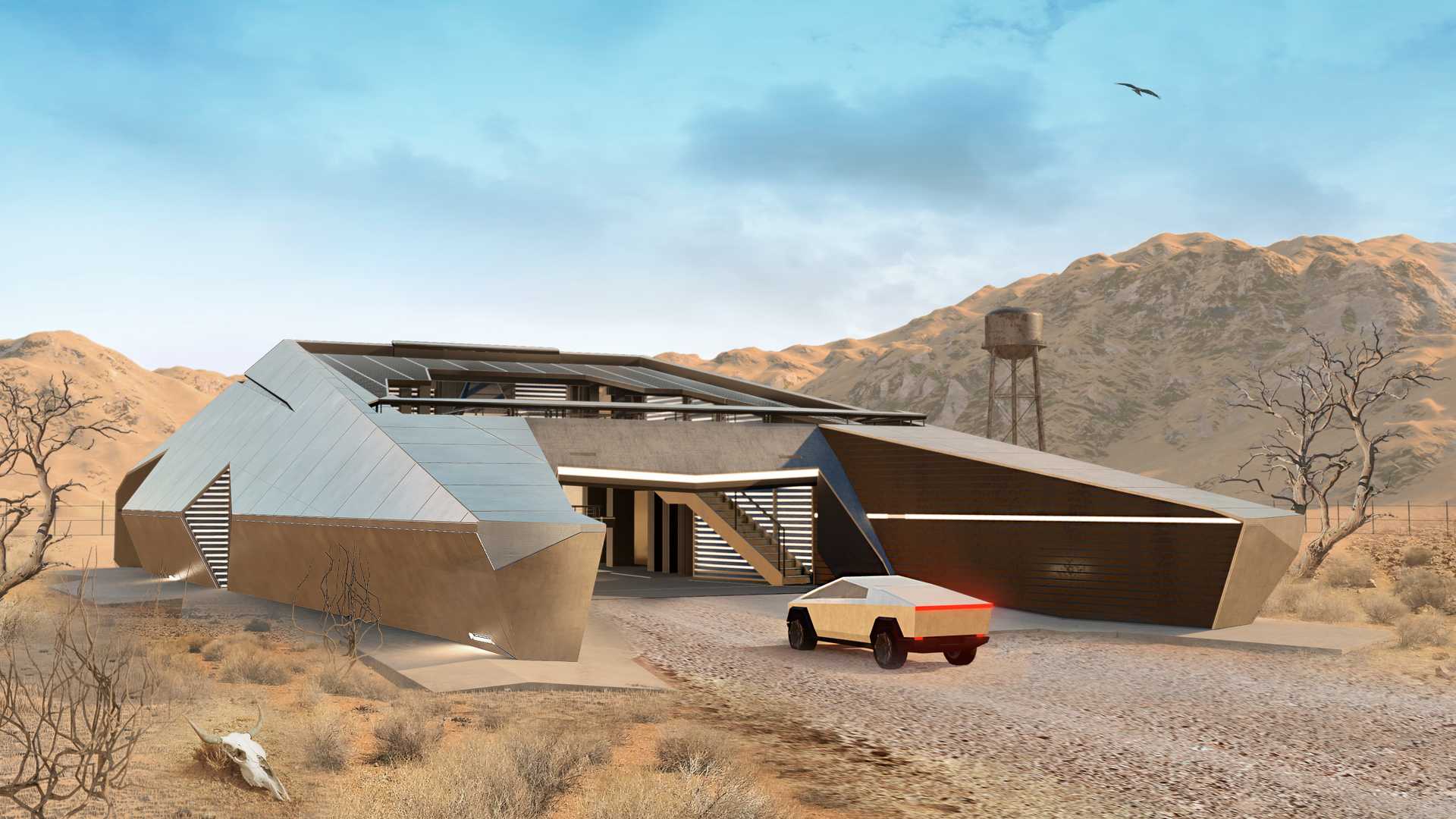Table Of Content
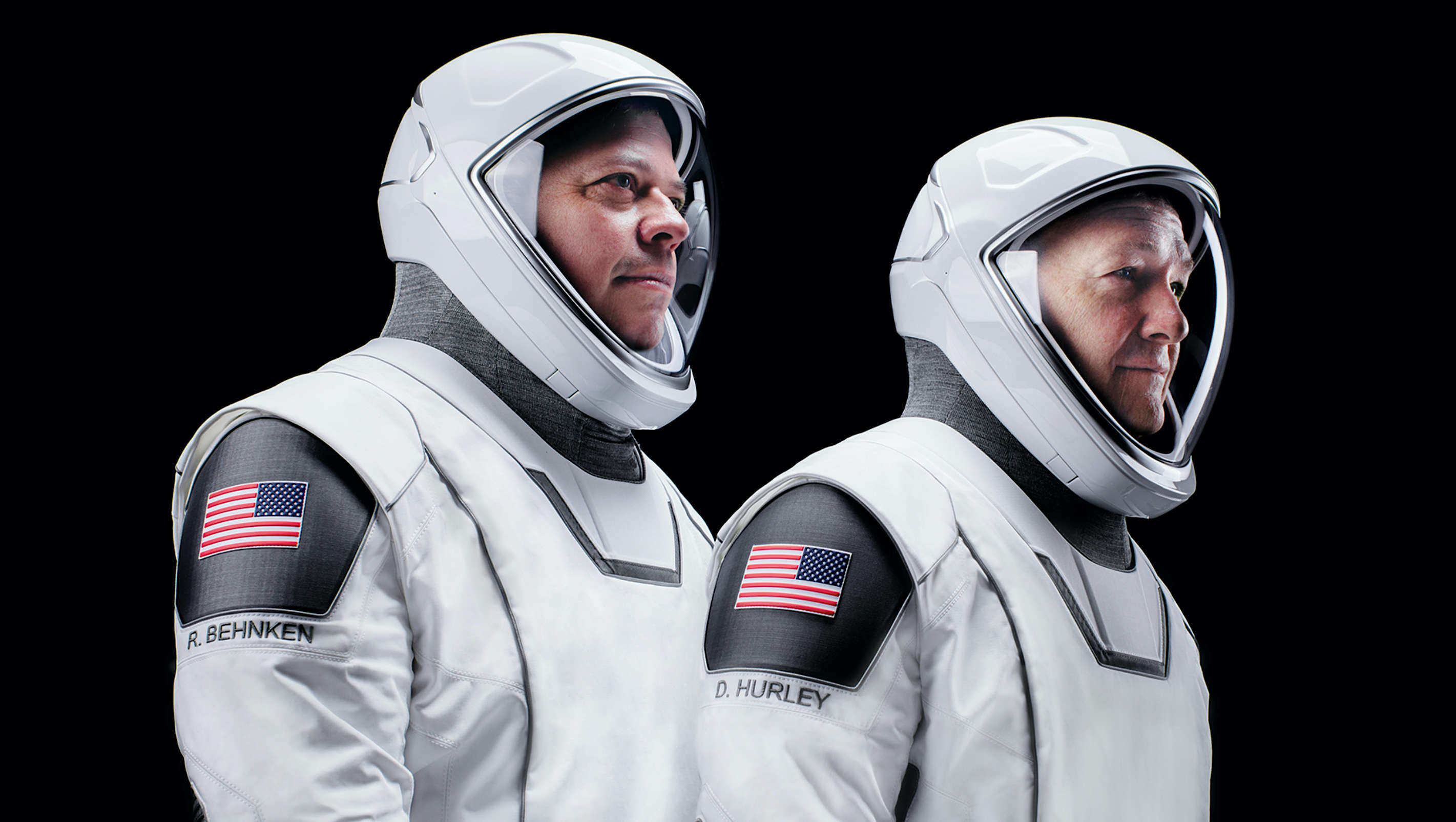
The upper torso of the new exploration suits will have a rear-entry hatch to allow astronauts to climb into the back of the suit. Astronauts did not go on spacewalks then, and the Mercury suits were worn only inside the spacecraft. At an event in Houston March 15, Axiom revealed the design of the suit, called the Axiom Extravehicular Mobility Unit (AxEMU), it will provide to NASA for missions starting with Artemis 3 in the mid-2020s. The suits will be worn by astronauts during their excursions on the lunar surface.
Technology
Where Vi and Vf are respectively the initial and final volume of the joint, P is the pressure in the suit, and W is the resultant work. However, because a minimum internal pressure is dictated by life support requirements, the only means of further reducing work is to minimize the change in volume. NASA explores the unknown in air and space, innovates for the benefit of humanity, and inspires the world through discovery. NASA SUITS challenges undergraduate or graduate students to design and create spacesuit information displays within augmented reality (AR) environments. Mars also has more gravity than the Moon, so the suits worn on Mars cannot add too much additional weight.
NASA’s ORCA, AirHARP Projects Paved Way for PACE to Reach Space
Created by Axiom Space, the new suit is designed to improve mobility for astronauts working on the lunar surface. It was a tough lesson about the need to make sure that suits are designed properly to accommodate people of all sizes. The agency has decided that with the xEMU, they’re leaving nothing to chance.
Soft suits
“We have provided all of that technology, all of the drawings, all of the data, all of the test results for the community,” Vanessa Wyche, director of NASA’s Johnson Space Center, said of that earlier suit work. HOUSTON — As a Canadian used to standing at bus stops in -40 degrees, I'm no stranger to stiff gloves. So I was delighted when the gloves on Boeing's Starliner spacesuit allowed me to easily flex my fingers.
The new suit prototype — called the Axiom Extravehicular Mobility Unit, or AxEMU — is based on some of the developments made by NASA for its Exploration Extravehicular Mobility Unit (xEMU) prototype. The focus of the developments was on issues like thermal requirements to deal with the cold temperatures found on the Moon’s south pole, as well as improved mobility and safety requirements. Meanwhile, the xEMU is retaining some life support and safety features that are tried and true. There’s protection from micrometeorites based on a similar design for the current orbital EMUs.
There’s also thermal protection to withstand the sharp temperature changes (from -250 °F in the shade to 250 °F under the sun). The main improvements Rhodes and his team are working on for the xEMU is to make sure astronauts’ hands are protected from extreme temperature changes and dust, and that they can handle lunar material safely. NASA is also figuring out how to make it easier for them to do simple tasks like grasp tools and operate small equipment. The suits also have a variable pressure system to give astronauts more flexibility when they need it.
Nasa and the Canadian Space Agency plan to announce the four astronauts chosen to fly as early as next year on Artemis 2, another out-and-back mission. This rendering shows a digital fit check of astronaut with the xEMU upper torso. Hear all about the lessons learned from EVA 23 in what has become the most dangerous EVA incident in U.S. history when European Space Agency astronaut Luca Parmitano's helmet began filling up with water. Stay up-to-date with the latest spacesuit news from NASA's Extravehicular Activity and Human Surface Mobility Program.
Axiom Space is responsible for the design, development, qualification, certification, and production of flight training spacesuits and support equipment, including tools, to enable the Artemis III mission. The company will test the suit in a spacelike environment prior to the mission. NASA maintains the authority for astronaut training, mission planning, and approval of the service systems. The earliest space fiction ignored the problems of traveling through a vacuum, and launched its heroes through space without any special protection. In the later 19th century, however, a more realistic brand of space fiction emerged, in which authors have tried to describe or depict the space suits worn by their characters.
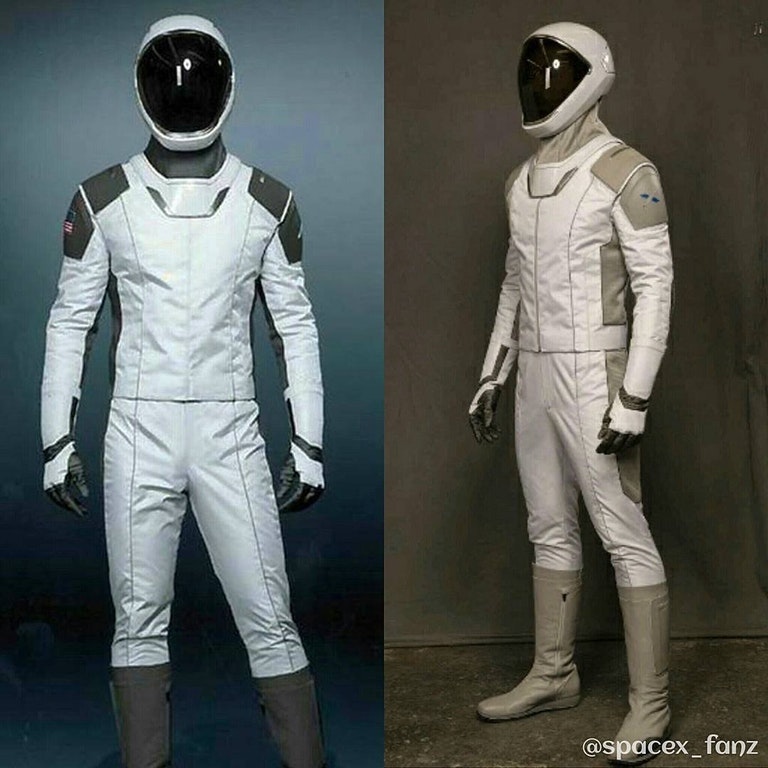
Operating pressure
Astronauts returning to the Moon in September 2026 as part of the Artemis III mission will wear an Axiom Extravehicular Mobility Unit (AxEMU) to enable more exploration of the lunar surface than ever before. This next-gen spacesuit will allow astronauts to walk on the Moon for the first time in over 50 years. A spacesuit is much more than a set of clothes astronauts wear on spacewalks. The formal name for the spacesuit used on the space shuttle and International Space Station is the Extravehicular Mobility Unit, or EMU. The spacesuit protects the astronaut from the dangers of being outside in space.
That will mean more science and research time for NASA to seek vital answers for the challenges of future deep-space missions. Nasa on Wednesday unveiled the first prototype for a newly designed next-generation spacesuit specially tailored and accessorised for the first astronauts expected to venture back to the moon’s surface in the next few years. In the Anthropometry and Biomechanics Facility at NASA’s Johnson Space Center, astronauts undergo full-body, 3D scans while performing basic motions and postures expected during spacewalks. Spacesuits are not only a classic icon of human space exploration, they are also a personalized spaceship that mimics all of the protections from the harsh environment of space and the basic resources that Earth and its atmosphere provide. Astronauts have compared their current gloves to baseball mitts, not exactly conducive to the careful mechanical work often required on a spacewalk. So NASA took notice in 2009 when newcomers Nikolay (“Nik”) Moiseev and Ted Southern won second place at the agency-sponsored Astronaut Glove Challenge.
Or perhaps it’s the gloves, since they must simultaneously protect astronauts’ hands, which feature intricate musculature and more than 25 joints, while also allowing for precise and smooth range of motion. The hard upper torso is lightweight but strong and connects the inside of the suit with the appropriate systems in the portable life support system. It is shaped like a sleeveless shirt and connects to the arm assembly that covers the arms and joins the gloves.
NASA doubles its spacesuit options for Artemis astronauts on the moon, ISS crews - Space.com
NASA doubles its spacesuit options for Artemis astronauts on the moon, ISS crews.
Posted: Thu, 13 Jul 2023 07:00:00 GMT [source]
This will make it easier for astronauts to perform tasks like walking and picking things up from the ground while in the lunar environment. NASA astronauts have used the same basic spacesuit design since the Space Shuttle days, with the technology remaining essentially unchanged for 40 years. While the old suit design has proven itself over this time, it is particularly limiting in terms of the range of movement it allows. “When you’re designing a spacesuit, you want it to move freely and efficiently, with the least amount of effort possible, so we can be as near to shirtsleeve mobility as possible,” says Rhodes. The goal is to limit the amount of volume in the suit, because the more volume there is, the harder astronauts must to work to bend their joints, and that can quickly grow exhausting.
Now we know that the greater danger is that the soil is composed of tiny glass-like shards, so the new suit has a suite of dust-tolerant features to prevent inhalation or contamination of the suit’s life support system or other spacecraft. The suit also is built to withstand temperature extremes of minus 250 degrees Fahrenheit in the shade and up to 250 degrees in the sun. The largest, most complex international construction project in space, the International Space Station, was designed and built by engineers thousands of miles apart on Earth — and assembled in space thanks to the daring of spacewalking astronauts.
Later comic book series such as Buck Rogers (1930s) and Dan Dare (1950s) also featured their own takes on space suit design. Science fiction authors such as Robert A. Heinlein contributed to the development of fictional space suit concepts. During exploration of the Moon or Mars, there will be the potential for lunar or Martian dust to be retained on the space suit. When the space suit is removed on return to the spacecraft, there will be the potential for the dust to contaminate surfaces and increase the risks of inhalation and skin exposure. Astronautical hygienists are testing materials with reduced dust retention times and the potential to control the dust exposure risks during planetary exploration.
On launch day, astronauts will don the suit in the historic Crew Quarters before striding across the Crew Access Arm at Space Launch Complex 41 and boarding a Starliner as it stands atop a United Launch Alliance Atlas V rocket. The new helmet has features like a light band over the helmet bubble to enable better vision and an HD video camera on the side so astronaut POV video can be livestreamed back to Earth. The boots were another area that needed to be particularly well insulated to enable astronauts to work in the cold conditions of permanently shadowed regions of the Moon. Another major difference from the previous suit design is that the astronaut enters the AxEMU from the back rather than getting into the bottom then top as before. They are designed to fit a broad range of potential wearers, accommodating at least 90% of the US male and female population, Nasa said. They also will incorporate advances in life-support systems, pressure garments and avionics.
The latest in moon-wear was displayed at the Johnson Space Center in Houston during an event hosted for the media and students by Axiom Space, the Texas-based company contracted by Nasa to build suits for Artemis, successor to the Apollo moon program. NASA chose to use a commercial services contract for development of the new spacesuit, whereby NASA purchases moonwalking services from Axiom Space. Under this model, the company is encouraged to pursue other commercial customers for their moonwalking services. This mutually beneficial approach helps bolster an emerging commercial market and grants NASA the right to use the data and technologies developed under the contract for future exploration efforts. Last June, NASA announced it had chosen Axiom and Collins Aerospace—the only two companies to submit bids—to develop new spacesuits to be worn on the moon and on the ISS.

